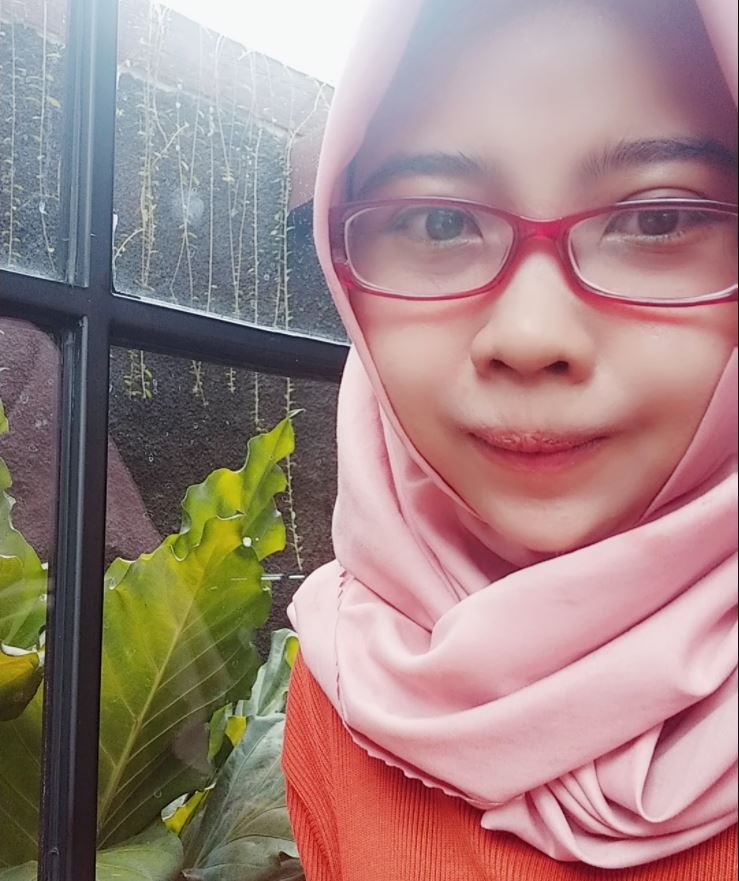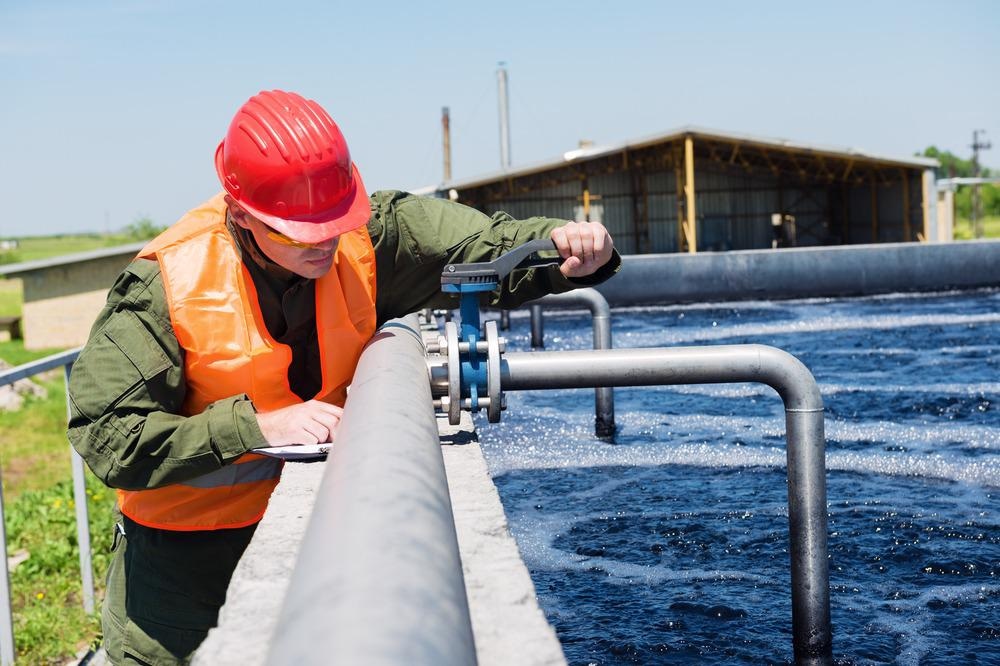Water Purification with Ceramic Beads
Published on by Trudi Schifter, CEO and Founder AquaSPE in Technology
In an article recently published in the journal Materials , researchers synthesized heterogeneous nanostructured photocatalyst ceramic beads for the degradation of both organic and inorganic water pollutants.
Study: Engineering Commercial TiO2 powder into Tailored Beads for Efficient Water Purification. Image Credit: Avatar_023/Shutterstock.com
The researchers also demonstrated the use of alginate and its metal chelating properties. The copper-doped photocatalysts improved the mechanical and photocatalytic properties and provided excellent resistance to attrition and sample handling compared to powder catalysts.
Why use Nanostructured Photocatalysts in Advanced Oxidation Processes?
The main technique used in water treatment is Advanced Oxidation Processes (AOPs). This technique involves the generation of highly reactive species such as hydroxyl radical (OH•), superoxide anion radical (O2−•), hydrogen peroxide (H2O2), oxygen(O2), and ozone for the treatment of water. The use of nanostructured photocatalysts provided certain advantages like high thermal stability, biological and chemical inertness, low cost and toxicity, mineralizing of water and CO2.
The use of powder catalysts posed disadvantages such as time and energy-consuming separation/recovery of the photocatalyst from the treated solution, mass transfer limitations, and the insufficient irradiation of the photocatalysts in the slurry emanating from shielding effects of the suspended solid. This leads to a significant increase in the operational and capital costs due to the use of high-power UV irradiation sources and stirring equipment.
About the Study
The researchers synthesized polymerized nanostructured beads by preparing a dope solution, and the TiO2 nanoparticles were dispersed and stabilized in alginate—a metal-binding polymer. Due to the metal-chelating properties of alginate, it was cross-linked with copper.
To obtain the precursor molds, two different coagulative agents (copper solution and glutaraldehyde) were considered. The precursor molds were obtained and the ceramic beads were synthesized by calcination/sintering in the air or by pyrolysis/sintering to prevent the beads from potential degradation due to continuous UV radiation, the oxidative action of the photocatalyst, and deterioration of the mechanical stability of the material.
The morphological and structural properties of the beads were analyzed by different techniques such as N2 porosimetry, scanning electron microscope (SEM), and X-ray diffraction (XRD). The adsorption of an azo dye like methyl orange was further studied in dark under UV radiation via batch experiments.
The samples were assigned different nomenclatures such as B1_600 (copper crosslinking), B1_600_air (copper crosslinking with air drying), and B2_600 (glutaraldehyde cross-linking).

Taxonomy
- Purification
- Catalysts
- Sustainable water purification
